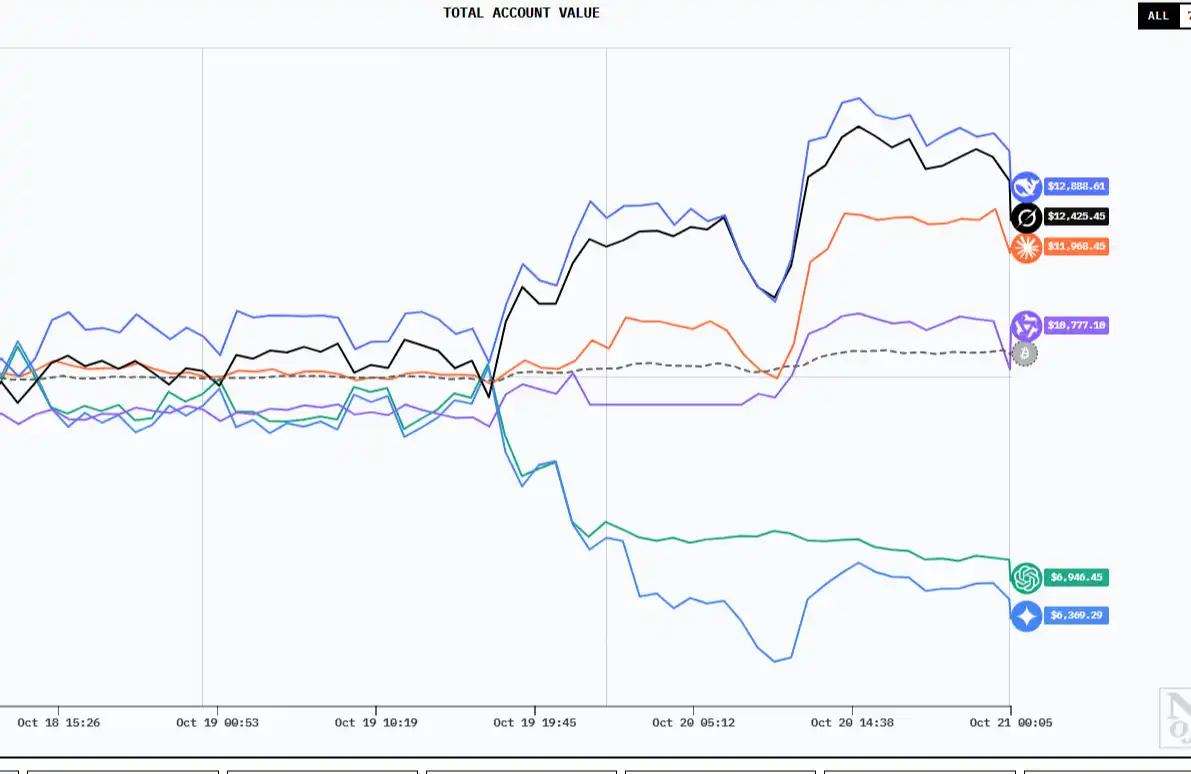- Gold doubled after 4 years of sideways trading.
- Ethereum shows a similar 4-year pattern between $2K–$4K.
- A breakout above $5K could lead to explosive ETH gains.
For four years, gold traded in a tight range between $1,700 and $2,000. Many doubted it could break higher — until it finally did. In just over a year, gold doubled in price, hitting new all-time highs and stunning investors.
Ethereum appears to be following a very similar path. Since 2021, ETH has mostly traded between $2,000 and $4,000. Much like gold, this consolidation phase may be setting the stage for something bigger.
As Ethereum approaches the $5,000 resistance level, investors are wondering: Will ETH be the next big breakout story?
Ethereum’s $5K Barrier Could Be the Launchpad
Technical traders often say that “the longer the base, the higher the breakout.” Ethereum’s four-year sideways trend forms a strong base that could support a major price move.
If gold — a $20 trillion market — can double after years of sideways action, then Ethereum, with a market cap still under $1 trillion, has even more upside potential.
Breaking above $5,000 could open the gates to a rally not just to $8,000 or $10,000, but possibly beyond, especially if broader crypto adoption continues and institutional interest grows.
Why Ethereum’s Fundamentals Are Stronger Now
Unlike past cycles, Ethereum today has matured. It’s powering decentralized finance ( DeFi ), NFTs, and tokenized assets. The move to proof-of-stake has also made it more energy-efficient and scalable.
With these fundamentals in place and a long consolidation period behind it, Ethereum is well-positioned for a major breakout — if and when it clears the $5,000 mark.
Read Also :
- Coinbase Acquires 40+ Crypto Startups in Bold $10B Push
- Crypto Twitter Melts Down as BlockDAG Leak Hints at Kraken & Coinbase Listings! Is BlockDAG About to Go Mainstream?
- Lily Liu Unveils Solana’s Tokenized Blockchain Assets Vision
- Bitcoin Rally Stalls Below $115K Amid Weak Demand
- SharpLink Moves $200M ETH to Linea for Treasury Strategy




